
All categories
Featured selections
Trade Assurance
Buyer Central
Help Center
Get the app
Become a supplier

(1053 products available)







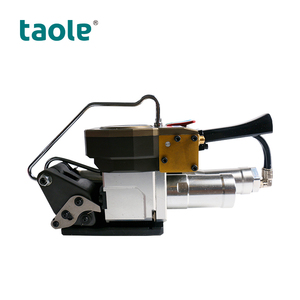


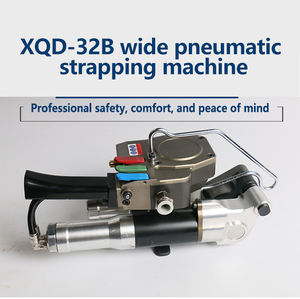
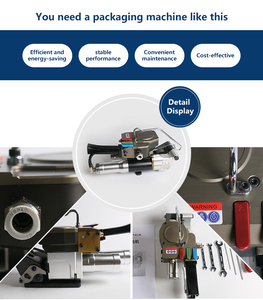



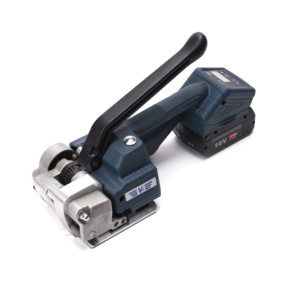


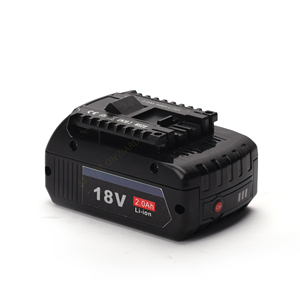

Market Overview: The global strapping market, encompassing various materials and applications, has demonstrated robust growth in recent years. According to Research and Markets, the market value reached approximately $2.98 billion in 2024, with expectations to surge to $5.48 billion by 2030, reflecting a compound annual growth rate (CAGR) of 10.6%. This growth is primarily driven by the rising demand for secure packaging solutions across industries, including automotive, electronics, and consumer goods. The increasing focus on sustainable packaging materials and practices is also propelling the market forward, as businesses seek eco-friendly strapping options to meet consumer preferences and regulatory standards.
Industry Insights: A notable shift in consumer behavior is evident, with businesses prioritizing efficiency and safety in their strapping solutions. The automotive sector, in particular, highlights the necessity for durable and reliable strapping to ensure product integrity during transport. As per industry reports, major players like 3M and Avery Dennison have been pivotal in introducing innovative strapping technologies, enhancing performance benchmarks, and expanding their market share. Furthermore, the proliferation of e-commerce has heightened the need for efficient distribution channels, prompting companies to adopt advanced strapping solutions that facilitate faster shipping and improved product protection. While challenges such as fluctuating raw material costs persist, the market continues to evolve, presenting opportunities for niche players to capitalize on emerging trends in automation and smart packaging solutions.
Strapping is a vital component in packaging and logistics, providing secure bundling and support for products during transportation and storage. Different types of strapping serve various purposes and applications, each with unique features, advantages, and disadvantages. Here are some common types of strapping:
PET Strapping
PET strapping is a popular choice for heavy and sensitive loads. It is a cost-effective alternative to steel strapping. PET straps come in various sizes and are easy to handle and apply. They are ideal for applications such as palletizing products, bundling newspapers, and securing doors. However, PET strapping may become brittle when exposed to extreme cold.
Polypropylene Strapping
Polypropylene strapping is lightweight and offers low tensile strength. It is widely used in light to medium-duty applications. Polypropylene strapping is available in embossed and non-embossed surfaces. It is suitable for packaging products such as textiles, cartons, and furniture. Polypropylene straps can be printed to enhance branding. However, polypropylene strapping has a low melting point, making it unsuitable for hot applications.
Steel Strapping
Steel strapping is a high-tensile strength material suitable for heavy-duty applications. It is widely used for bundling large and heavy products, such as steel coils and timber. Steel straps can withstand harsh weather conditions and are not affected by ultraviolet rays. However, steel strapping is prone to rusting and is challenging to apply.
Wire Rope Slings
Wire rope slings are robust and durable lifting solutions. They are suitable for lifting heavy loads in industries such as construction, shipping, and mining. Wire rope slings offer high strength and are resistant to abrasion. However, wire rope slings can become damaged when exposed to extreme heat.
Textile Straps
Textile straps are made of high-strength polyester. They are suitable for lifting and securing heavy loads. Textile straps are widely used in construction and logistics. They offer high tensile strength and are resistant to chemical damage. However, textile straps can be damaged by UV rays.
Hemp Strapping
Hemp strapping is a natural fiber strap. It is suitable for eco-friendly strapping solutions. Hemp straps offer high tensile strength and are biodegradable. However, hemp strapping is not suitable for applications that require chemical resistance.
PPW Strapping
PPW strapping combines the properties of polypropylene and other materials. It offers high strength and is suitable for various applications, including bundling and palletizing. PPW straps can be customized to meet specific customer requirements.
There are several important specifications to consider when looking at strapping.
Size:
The thickness of strapping may range from 0.5 to 1 inch, while the width ranges from 0.5 to 1 inch. The length of the strapping will be decided by the producer's needs. It can be between 1,000 and 10,000 meters. This ensures that the strapping can be utilized for a variety of applications and that it is available in a variety of sizes and formats.
Material:
Polyester, polypropylene, and steel are the three most common types of strapping. Each has a different level of strength, which makes it appropriate for a variety of applications. Steel strapping has the highest strength and is often used for heavy-duty applications. Polyester and polypropylene are ideal for medium-duty applications.
Tensile strength:
It refers to the force required to break the strap. It's measured in newtons (N) or pounds (lb). Depending on the material, the tensile strength can range from 300 to 10,000 N (67 to 2,248 lb). Steel strapping has the highest tensile strength, making it suitable for heavy-duty applications.
Elongation at break:
It measures how much the strap can stretch before it breaks. It's expressed as a percentage. This can range from 10% to 30%. Polyester strapping has a higher elongation at break, allowing it to absorb shocks and impacts.
Width:
Strapping comes in a variety of widths, which are normally specified in millimeters (mm). Depending on the application, it can range from 6 to 50 mm. Wider strapping provides more load support, but it may not be appropriate for smaller or delicate products.
Surface finish:
The strapping can have a smooth or textured surface finish. A textured surface offers a better grip and is less likely to slip during transit or storage.
Coating:
Strapping can be coated with materials to improve its performance in specific environments. For example, a corrosion-resistant coating is applied to steel strapping to enhance its longevity when used in wet or humid places.
When it comes to the maintenance of strapping, here are some few things to note:
When choosing an appropriate strapping code, consider the following:
Type of Material
Select the strapping material that matches the application needs. For lightweight packages, choose textile or polypropylene straps. For heavy-duty or high-value shipments, opt for steel or aluminum straps.
Width and Thickness
Choose the strap size based on the load size and weight. For larger loads, select wider and thicker straps to provide adequate support and tension.
Strength and Application
Consider the strap strength and specific applications such as bundling, palletizing, or unitizing. Ensure the chosen strapping material can handle the required workload and resist environmental factors.
Compliance with International Standards
Select strapping materials that meet international standards and regulations relevant to the business. This ensures safe and reliable transport across borders.
Environmental Considerations
Consider the environmental impact of the strapping material. Choose recyclable or eco-friendly options to align with sustainability goals.
Supplier Reputation
Source strapping materials from reputable suppliers known for quality and reliability. Read reviews and consult references to ensure the chosen supplier meets the business's needs.
Cost-effectiveness
Finally, consider the cost of the strapping material concerning its performance and lifespan. Sometimes, higher-priced options may be more cost-effective in the long run due to reduced waste and fewer strap failures.
Replacing strapping may look like a daunting task, but with the right tools and materials, it can be done easily. Below are some simple steps that can be followed to replace strapping:
Have the necessary tools and materials before starting.
Prepare
Turn off and unplug any electronic devices or equipment being strapped. This will prevent any accidents or damages from occurring. Also, clear the work area of clutter and unnecessary objects to create a safe environment.
Remove the old strapping
Use a suitable tool (e.g., screwdriver, knife) to remove the old or damaged strapping carefully. Be cautious not to damage the underlying surface or equipment.
Cut the new strapping
Lay the new strapping flat on a clean work surface. Measure and cut the new strapping to the appropriate length, considering the size and shape of the item being secured.
Attach the new strapping
Position the new strapping on the item or equipment being secured. Ensure it is aligned correctly and adjusted as necessary. Use the appropriate fastening method (e.g., buckle, seal, stitch) to secure the ends of the strapping.
Test the security
Check that the new strapping is tight and secure. The item or equipment being strapped should not move or shift during handling or transportation. Adjust the tension or position if necessary.
Complete the process
Once satisfied with the new strapping's security and stability, complete any necessary finishing touches (e.g., trim excess strapping, clean work area). Reconnect or plug in any electronic devices or equipment that was turned off or unplugged.
Q1: What is the proper tension for strapping?
A1: Proper tension is the strap's tightness around the package. It is crucial to ensure the load remains intact without crushing it. The appropriate strap tension depends on the package type and contents. Strapping professionals use tensioning tools to achieve the right strap tension.
Q2: What are the safety considerations when using strapping tools?
A2: Always read the manual before using a strapping tool. Ensure the tool is in good condition. Wear safety gear, such as glasses, to protect from flying straps. Be aware of others when using the tool. Proper training in strap tool use can prevent many dangers.
Q3: How often should strapping be checked during a process?
A3: It is good to inspect the strapping regularly during a process. This ensures it stays correct and safe. The frequency of checking the strapping can depend on the process's length and the strap's criticality. A brief check after some time is enough for a quick strap.